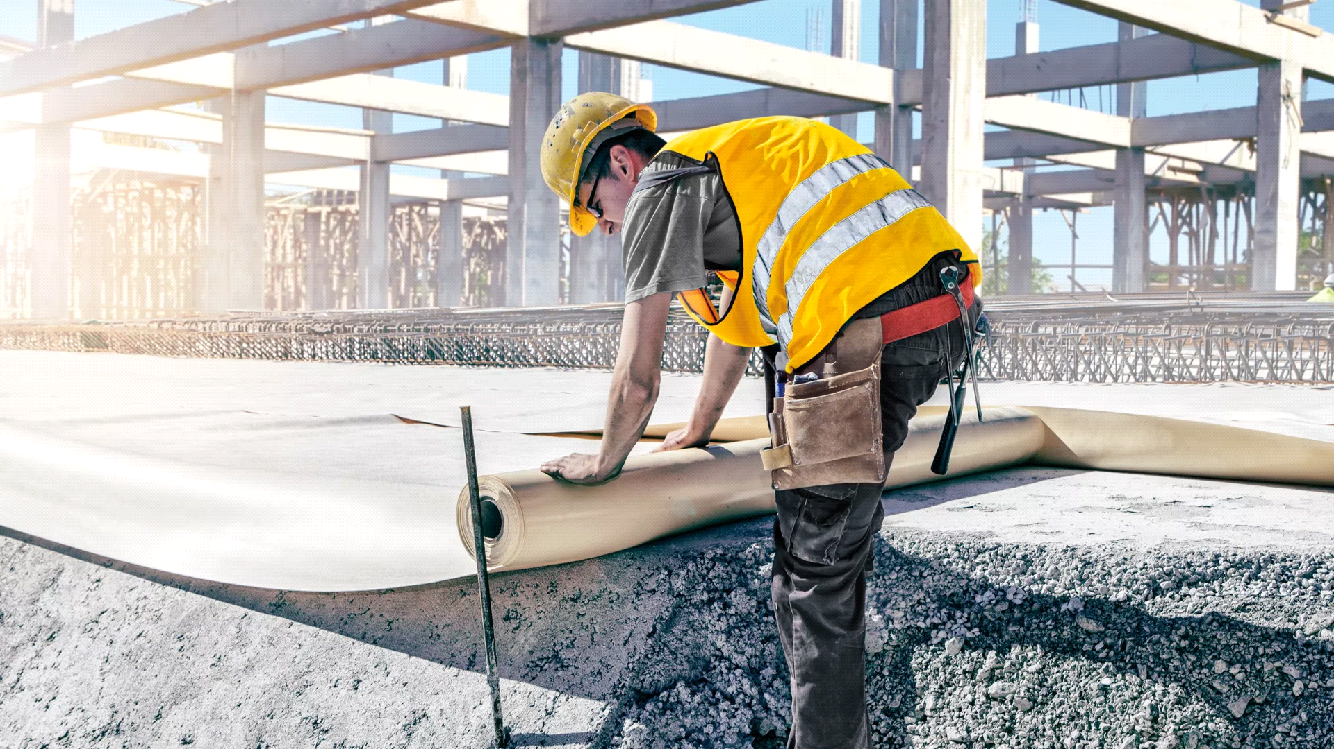Everest Base Camp Trek: A Legendary Journey to the Top of the World

Strong 8k brings an ultra-HD IPTV experience to your living room and your pocket.
Introduction: Embrace the Spirit of the Himalayas
The Everest Base Camp Trek is more than a trail—it's a life-changing pilgrimage to the foot of the tallest mountain on Earth. Nestled in the heart of the Khumbu region of Nepal, this iconic trek delivers awe-inspiring panoramas, rich Sherpa culture, and a profound connection with nature. Ideal for thrill-seekers and nature lovers alike, the journey to Everest Base Camp (EBC) is one of the world’s most famous high-altitude adventures.
Why Choose the Everest Base Camp Trek?
The Everest Base Camp Trek is not just about reaching a geographical point—it’s about the transformation that unfolds with every step. From the moment you land in Lukla and set foot on the trail, you're immersed in a mystical Himalayan world.
Breathtaking landscapes featuring soaring peaks like Ama Dablam, Lhotse, and of course, Mount Everest
Sherpa hospitality in picturesque villages like Namche Bazaar, Tengboche, and Dingboche
Visits to ancient Buddhist monasteries, fluttering prayer flags, and sacred mani stones
A chance to stand at 5,364 meters at the base of Everest, surrounded by towering icefalls and glaciers
Everest Base Camp Trek Route Overview
The classic Everest Base Camp route typically spans 12 to 14 days, allowing for proper acclimatization and exploration.
Day-by-Day Itinerary Snapshot:
Day 1: Arrival in Kathmandu
Day 2: Fly to Lukla (2,860m) and trek to Phakding (2,610m)
Day 3: Trek to Namche Bazaar (3,440m)
Day 4: Acclimatization day in Namche (hike to Everest View Hotel)
Day 5: Trek to Tengboche (3,867m)
Day 6: Trek to Dingboche (4,410m)
Day 7: Acclimatization hike to Nangkartsang Peak (5,083m)
Day 8: Trek to Lobuche (4,910m)
Day 9: Trek to Gorak Shep (5,140m) and hike to Everest Base Camp (5,364m)
Day 10: Early morning hike to Kala Patthar (5,545m) for sunrise views of Everest, then descend to Pheriche
Day 11–13: Retrace steps back to Lukla
Day 14: Fly to Kathmandu
Best Time to Trek to Everest Base Camp
The best seasons for trekking are:
Pre-monsoon (Spring): March to May
Post-monsoon (Autumn): September to November
These months offer clear skies, mild weather, and unobstructed mountain views.
Essential Permits and Regulations
To trek to Everest Base Camp, you'll need the following permits:
Sagarmatha National Park Entry Permit
Khumbu Pasang Lhamu Rural Municipality Permit
(Optional) TIMS Card (Trekkers Information Management System)
These can be arranged by your trekking agency or obtained in Kathmandu and Lukla.
Altitude Sickness: Acclimatization is Key
The greatest challenge on this trek isn’t the terrain—it’s the altitude. Symptoms of Acute Mountain Sickness (AMS) can arise above 3,000 meters. Key tips:
Ascend gradually
Take acclimatization days
Stay hydrated
Consider Diamox after medical consultation
Accommodation and Meals on the Trail
Teahouses along the trail offer basic but comfortable lodging. Expect:
Twin-bed rooms
Communal dining areas
Shared toilets (often outside)
Hot showers (for an additional cost)
Meals are hearty and carb-loaded for energy:
Dal Bhat (rice, lentils, veggies)
Sherpa stew
Pasta, fried rice, momos (dumplings)
Hot drinks: tea, coffee, ginger lemon honey
Everest Base Camp Trek Cost Breakdown
The total cost of the Everest Base Camp trek can vary depending on whether you book with a guide, join a group tour, or trek independently. Here's an average estimate:
Expense Cost (USD)
Flights (Kathmandu-Lukla round trip) $300–$400
Permits $50–$60
Guide and Porter $25–$30/day (guide), $15–$20/day (porter)
Accommodation (Teahouses) $5–$10/night
Meals (Three per day) $20–$30/day
Miscellaneous (charging, WiFi) $50–$100 (entire trek)
Total (per person, 14 days) $900–$1,500
Opting for a luxury Everest Base Camp trek with upgraded lodging and helicopter return can raise the cost to $3,000–$5,000.
Physical Preparation for the EBC Trek
Though you don’t need to be a mountaineer, moderate to high fitness is necessary. We recommend:
Cardiovascular training (jogging, cycling, swimming)
Strength training (especially legs)
Practice hikes with a backpack
Mental preparation for long days and basic conditions
What to Pack for the Trek
Packing the right gear is crucial. Here’s a condensed checklist:
Clothing:
Moisture-wicking base layers
Fleece jacket
Insulated down jacket
Waterproof shell
Trekking pants and thermal underwear
Warm hat, gloves, buff
Footwear:
Broken-in hiking boots
Camp shoes or sandals
Woolen socks (3-4 pairs)
Essentials:
Backpack (35–45L)
Sleeping bag (rated -10°C)
Water purification tablets
Headlamp with extra batteries
First aid kit (with blister care and altitude meds)
Power bank, camera, and trekking poles
The Emotional High of Reaching Everest Base Camp
Reaching Everest Base Camp is a profound emotional victory. Standing amidst glacial moraines, facing the Khumbu Icefall, you become part of a legacy shared by mountaineers and dreamers. It's not the summit—but it's a personal summit, a triumph of resilience and willpower.
Tips for a Successful Everest Base Camp Trek
Book early for spring and autumn seasons
Use a local guide for cultural insight and safety
Carry Nepali rupees—ATMs are only in Kathmandu and Namche
Avoid alcohol and smoking at high altitudes
Stay flexible—weather in the mountains can cause flight delays
Conclusion: Walk the Path of Legends
The Everest Base Camp trek is a journey through the very soul of the Himalayas. It weaves together raw natural beauty, spiritual depth, and a sense of timeless wonder. Whether you're chasing a lifelong dream or seeking clarity in life, this trail offers an unforgettable odyssey into the sky-touching realm of Everest.
If you want to read more information about how to boost traffic on your Website just visit --> The Insider's Views
Note: IndiBlogHub features both user-submitted and editorial content. We do not verify third-party contributions. Read our Disclaimer and Privacy Policyfor details.







